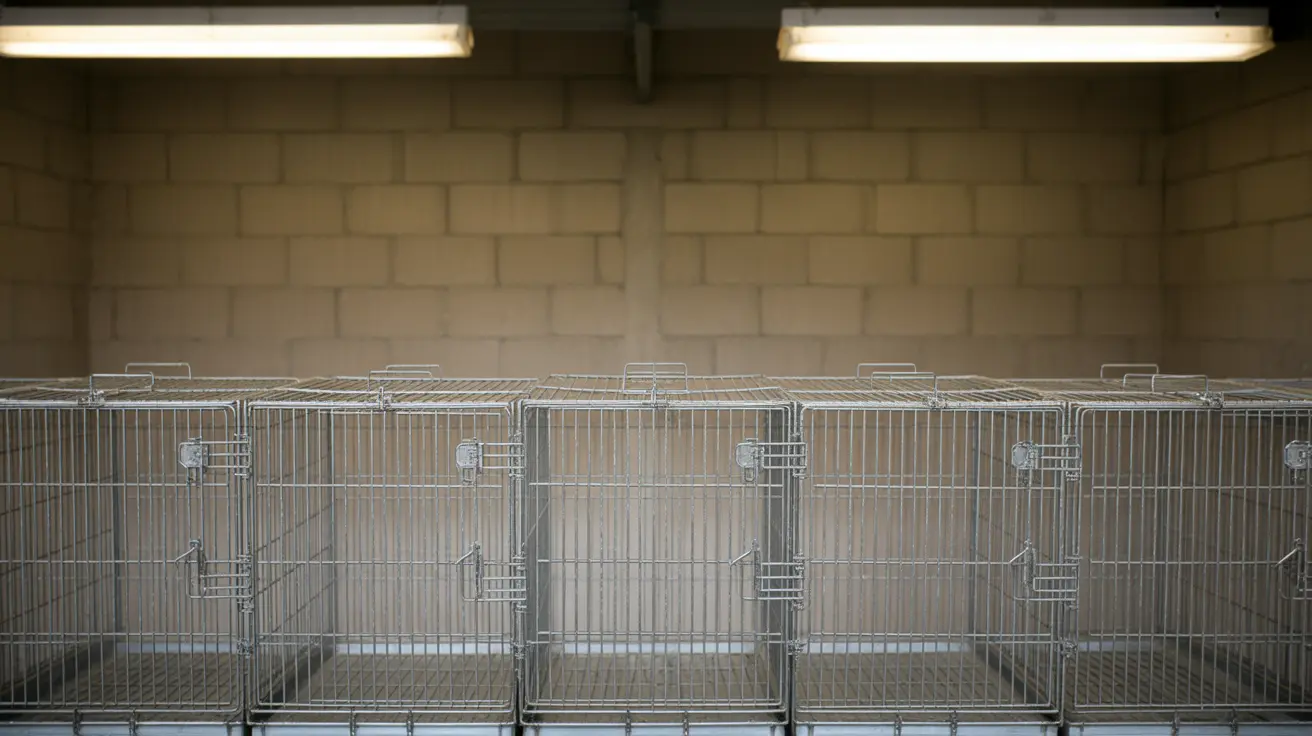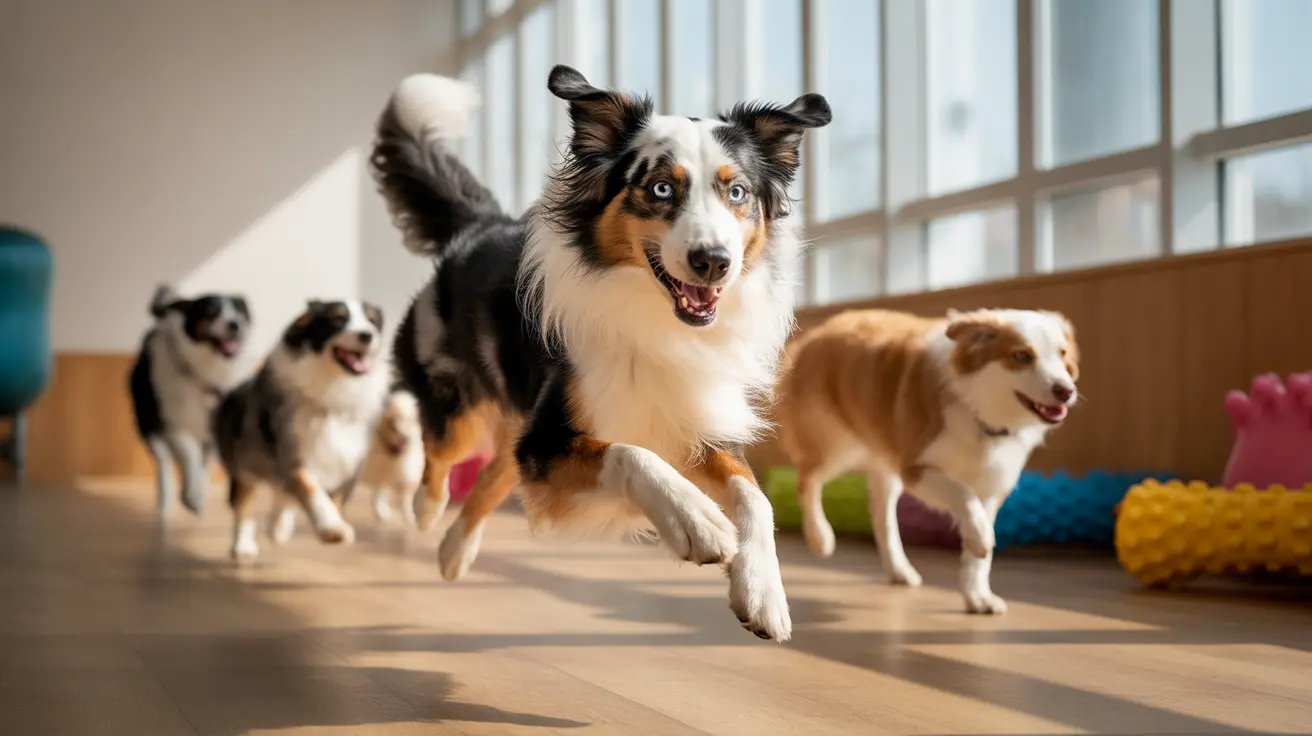The Sevier County Animal Shelter has temporarily closed its doors after a confirmed canine parvovirus outbreak, highlighting the persistent challenges animal shelters face in preventing this highly contagious and potentially deadly disease. The facility received a litter of eight-month-old stray dogs on Monday that initially appeared healthy during intake but began showing signs of illness by Friday evening.
This development underscores the critical importance of understanding canine parvovirus, its rapid transmission, and the comprehensive measures required to protect both shelter animals and family pets from this devastating disease.
Understanding Canine Parvovirus and Its Impact on Animal Shelters
Canine parvovirus, commonly known as "parvo," represents one of the most serious viral infections affecting dogs, particularly puppies and unvaccinated animals. The virus attacks rapidly dividing cells, primarily targeting the intestinal tract, bone marrow, and in very young animals, the heart muscle.
Animal shelters are particularly vulnerable to parvovirus outbreaks due to the constant intake of animals with unknown vaccination histories and health statuses. Even with careful screening procedures, infected animals may not display symptoms immediately, as demonstrated by the Sevier County case where the dogs appeared healthy upon arrival but developed illness several days later.
How Parvovirus Spreads and Environmental Survival
The transmission of parvovirus occurs through direct contact with infected dogs or contaminated environments. The virus sheds in enormous quantities through infected dogs' feces, making contamination of surfaces, food bowls, leashes, and human hands a significant concern.
What makes parvovirus particularly challenging is its remarkable environmental persistence. The virus can survive in soil, on surfaces, and in various environmental conditions for months, with some strains remaining viable for over five months. This extended survival time means that areas where infected dogs have been present require thorough decontamination with specific parvovirus-effective disinfectants.
Recognizing Parvovirus Symptoms in Dogs
Pet owners and shelter workers must be vigilant in identifying early signs of parvovirus infection. Initial symptoms typically develop between 2 to 14 days after exposure and include lethargy, loss of appetite, and fever. As the infection progresses, affected dogs experience severe vomiting and diarrhea, which often becomes bloody and has a distinctive foul odor.
Dehydration occurs rapidly due to fluid loss, and without immediate veterinary intervention, the condition can become life-threatening within 48 to 72 hours of symptom onset.
Treatment and Prevention Strategies
Currently, no medication exists that directly kills the parvovirus. Treatment focuses on supportive care to help dogs survive while their immune systems fight the infection. This typically includes intravenous fluid therapy to combat dehydration, antibiotics to prevent secondary bacterial infections, anti-nausea medications, and nutritional support.
Some veterinary facilities now offer monoclonal antibody therapy, which can help reduce disease severity when administered early in the infection process. However, prevention through vaccination remains the most effective approach.
Parvovirus Prevention in Dogs Through Proper Vaccination
The foundation of parvovirus prevention lies in maintaining an appropriate vaccination schedule. Puppies should begin their vaccination series at 6-8 weeks of age, with boosters administered every 2-4 weeks until they reach 16-20 weeks old. Adult dogs require regular booster vaccinations as recommended by their veterinarian.
Until puppies complete their full vaccination series, they should avoid contact with unvaccinated dogs and potentially contaminated environments such as dog parks, pet stores, and areas with heavy dog traffic.
Shelter Parvovirus Outbreak Response Protocols
When shelters face parvovirus exposure, immediate action is essential. Standard protocols include isolating all potentially exposed animals, implementing strict quarantine procedures, and temporarily suspending adoptions and intakes. Facilities must undergo extensive cleaning with bleach-based disinfectants, as regular household cleaners are ineffective against parvovirus.
The Sevier County shelter's decision to close demonstrates responsible management of a parvovirus outbreak, prioritizing both animal welfare and public health by preventing further spread of the infection.
Frequently Asked Questions
- What are the early signs of canine parvovirus in puppies and adult dogs?
Early signs include lethargy, vomiting, severe diarrhea (often bloody), loss of appetite, fever, and dehydration. Symptoms usually develop 2 to 14 days after exposure. - How is canine parvovirus transmitted and how long can the virus survive in the environment?
Parvovirus spreads through direct contact with infected dogs or contaminated feces, surfaces, and objects. The virus can survive in the environment for months, sometimes over 5 months, especially in shaded, moist areas. - What steps do animal shelters take to prevent and control a parvovirus outbreak?
Shelters implement strict quarantine, isolation of infected or exposed animals, facility closures, extensive cleaning with parvovirus-effective disinfectants (e.g., bleach), and vaccination protocols upon intake to control outbreaks. - Is there a cure or effective treatment for dogs infected with parvovirus?
There is no medication that kills the virus directly; treatment is supportive and includes intravenous fluids, antibiotics to prevent secondary infections, anti-vomiting medication, and sometimes monoclonal antibody therapy to reduce disease severity. - How can dog owners protect their pets from contracting parvovirus?
Vaccination is the primary prevention method, with a series starting at 6-8 weeks of age and boosters through 16-20 weeks. Avoiding contact with unvaccinated dogs and contaminated areas, especially for puppies, is also critical.
Moving Forward: Community Responsibility
The temporary closure of the Sevier County Animal Shelter serves as a reminder of our collective responsibility to protect vulnerable animals through vaccination, responsible pet ownership, and support of local animal welfare organizations. While the shelter works to contain this outbreak, the incident highlights the ongoing need for community education about parvovirus prevention and the critical role of proper veterinary care in maintaining pet health.






